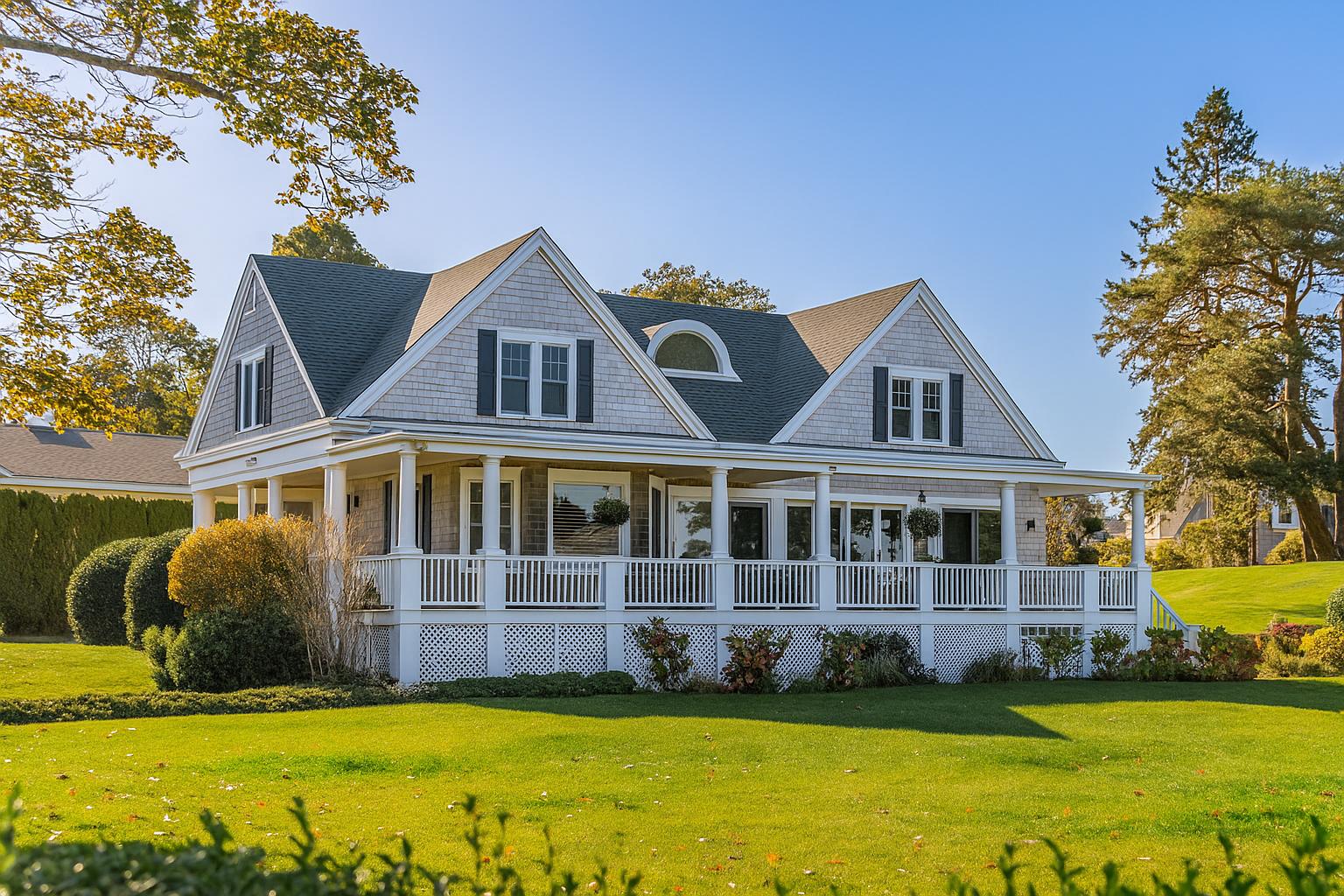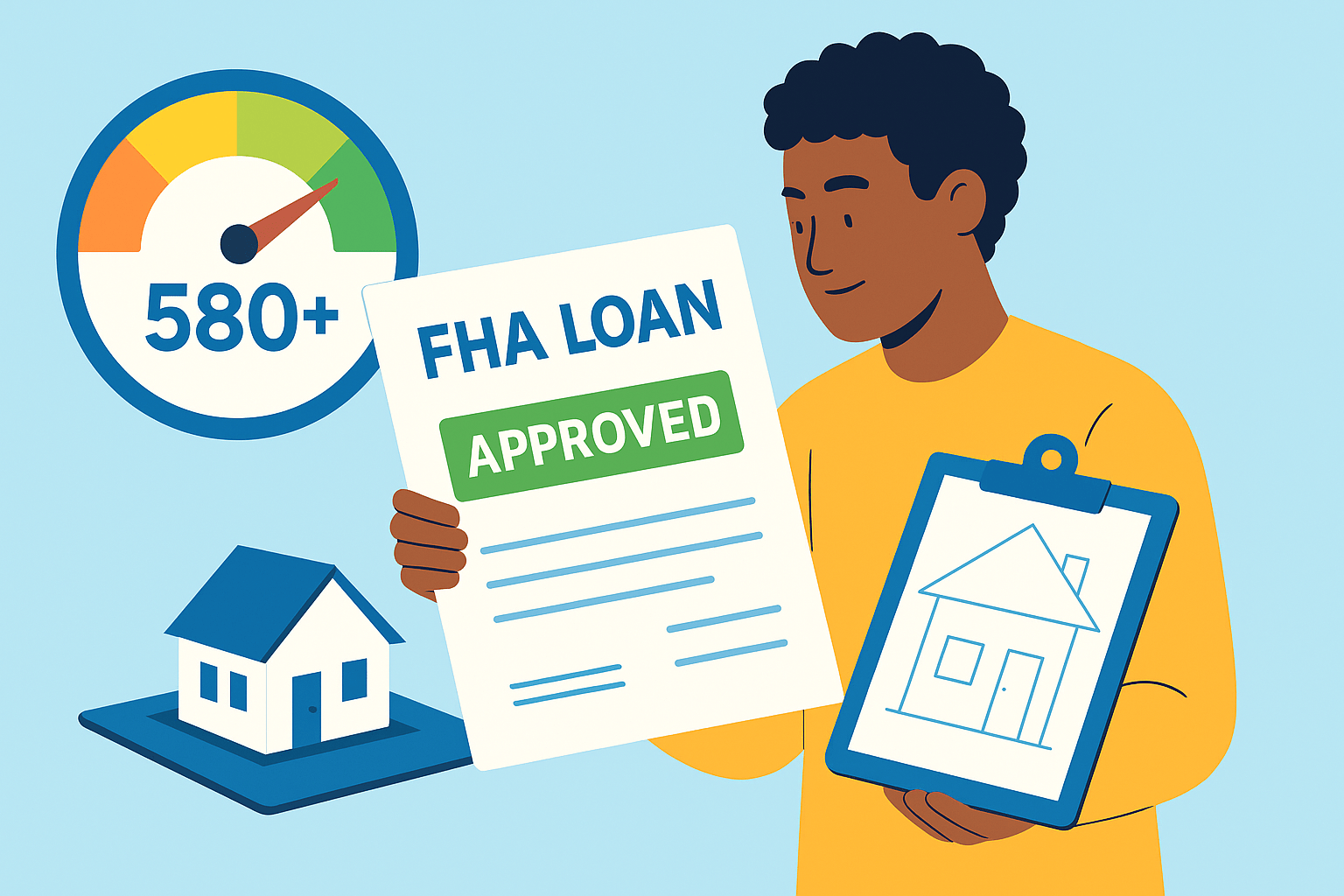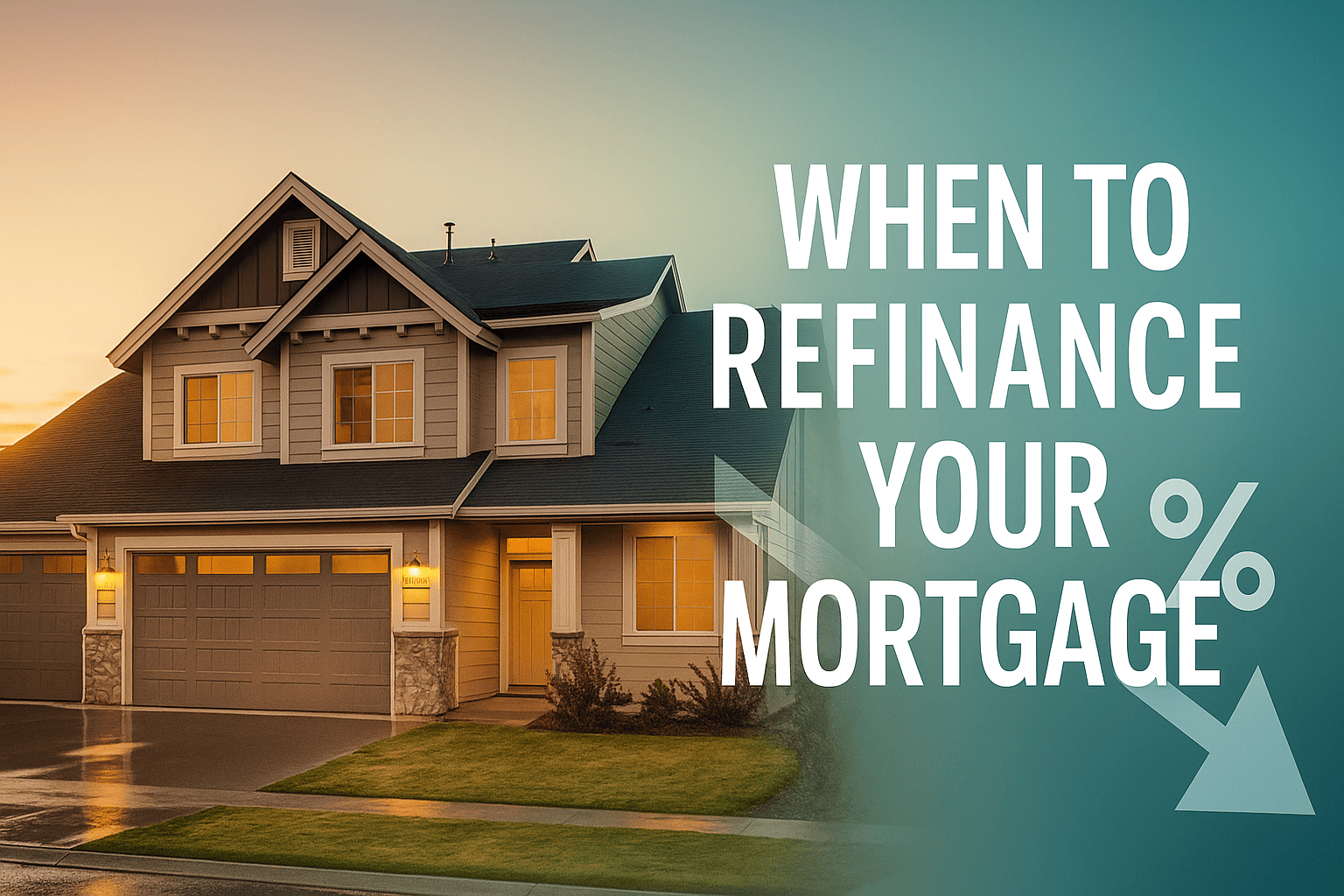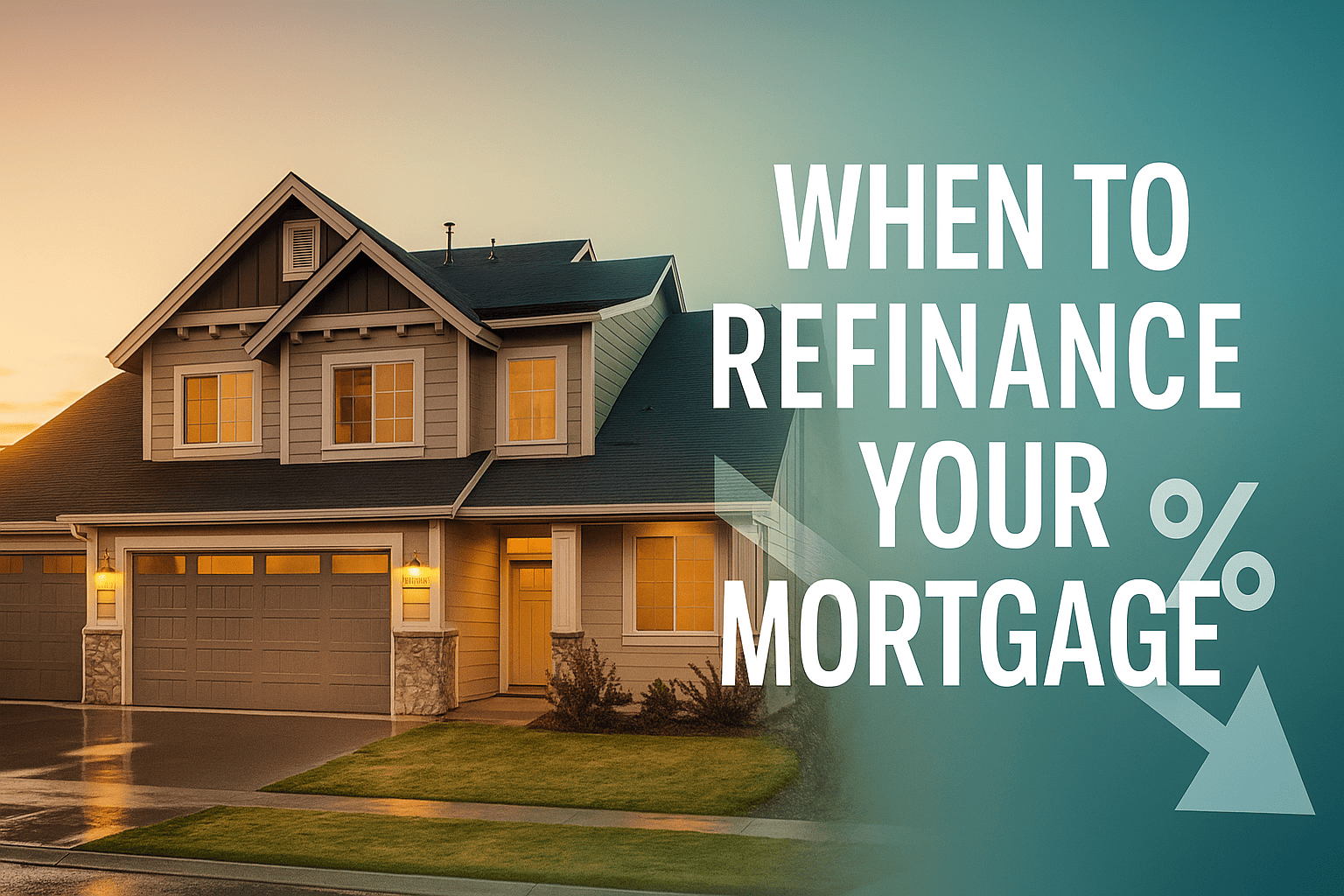Tax-Exempt First-Time Home Buyer First-Time Homebuyer Assistance Programs
Unlocking Alaska Homeownership: Your Guide to the Tax-Exempt First-Time Home Buyer Program
Buying that very first place can feel like staring at Denali on an overcast day—beautiful, but a little daunting. The Tax-Exempt First-Time Home Buyer program from Alaska Housing (AHFC) slices through the fog by delivering below-market, tax-exempt interest rates that put the dream of ownership within reach for thousands of Alaskans every year. In the next ten minutes, you’ll discover how this singular program can shrink your monthly payment, widen your buying power, and fast-track your bid for a home of your own.
What Is the Tax-Exempt First-Time Home Buyer Program?
The initiative—sometimes called the tax-exempt mortgage program—is a state-backed loan option funded through tax-exempt mortgage revenue bonds. Because the bonds are exempt from federal income tax, lenders accept a lower yield, and those savings flow directly to you as a reduced interest rate. According to AHFC’s most recent investor disclosure, rates routinely land 0.25%–0.50% below comparable conventional loans.
In plain English: the state of Alaska covers part of the cost so you can borrow cheaper money. Over a 30-year mortgage, that discount can carve five figures off interest costs—money you can channel toward renovations, college savings, or chasing northern lights in the Brooks Range.
People Also Ask: How Does a Tax-Exempt Mortgage Lower My Monthly Payment?
Every 0.25% drop in rate trims roughly $15 per month for each $100,000 borrowed (assuming a 30-year term). A family financing a $350,000 Anchorage condo at 6.25% would pay about $2,155 in principal and interest; the same loan at 5.75% through the Tax-Exempt First-Time Home Buyer channel falls to $2,044. That’s $1,332 saved each year—more than the average winter heating bill in Fairbanks.
Compound the savings and you may qualify for a pricier property without busting your budget. Lower debt-to-income ratios can also strengthen your offer in tight markets because underwriters see you as a safer borrower.
Program Benefits at a Glance
- Below-Market Rates: 0.25%–0.50% typical discount compared to standard conventional loans.
- Fixed Payments: Enjoy predictable 15- or 30-year payments—no rate resets.
- Flexible Property Types: Single-family homes, qualifying condos, some duplexes, and even modular homes up to four units.
- Stackable Assistance: Pair with down-payment grants or seller credits where allowable.
- Available Statewide: From Ketchikan to Kotzebue; rural buyers are welcome.
People Also Ask: Who Qualifies for Alaska’s Tax-Exempt First-Time Home Buyer Loan?
Eligibility hinges on three main ingredients: first-time status, income caps, and purchase-price limits.
1. First-Time Status
You’re considered a first-time buyer if you haven’t owned a principal residence in the past three years. Military service members stationed outside Alaska during that window usually still qualify—double-check with your lender.
2. Income Limits
Annual household income must sit below AHFC’s published thresholds. For 2024, the ceiling hovers around $137,160 in Anchorage and $106,320 in most rural boroughs; larger households get higher caps. These figures refresh each spring, so run the numbers before house hunting.
3. Purchase-Price Caps
Property price also matters; current limits run between $525,000 and $721,000 depending on location. Keep an eye on high-cost areas like Juneau where caps stretch further.
People Also Ask: Can I Use the Program to Buy a Duplex or Cabin?
Yes—with caveats. Two-, three-, and four-unit properties qualify if you occupy one unit as your primary residence. Rustic dry cabins without permanent heat or water won't pass standard AHFC inspections, but a modern, energy-rated log home usually will. If your Alaskan dream includes renting out a unit to subsidize the mortgage, this program can be your launchpad.
Step-by-Step: How to Secure Your Tax-Exempt First-Time Home Buyer Loan
- Check your credit. A 640+ FICO is typically required, though lenders can layer their own standards.
- Verify eligibility. Ask an AHFC-approved lender to confirm income, purchase-price, and first-time status.
- Get pre-approved. The lender reserves a slice of tax-exempt bond funds in your name for 60–90 days—don’t let the clock run out.
- Shop for homes. Tour properties that meet AHFC condition guidelines; budget for a home inspection.
- Lock your rate. Once under contract, elect a rate-lock. Your lender files final paperwork with AHFC.
- Close and celebrate. Sign, get keys, and plan that housewarming crab boil.
Micro-Story: From Rental Rut to River View
Mia, a 27-year-old pediatric nurse in Bethel, shelled out $2,000 a month for a two-bedroom rental that rattled each time a floatplane took off. After crunching numbers with an AHFC lender, she realized the program’s lower rate dropped her projected mortgage to almost the same payment on a riverside townhouse. Closing last fall, Mia now builds equity while watching grayling jump outside her kitchen window. Her friends thought she needed a giant down payment, but the reduced rate and a small grant covered most of it—a myth busted in real time.
Comparing Tax-Exempt Loans to Other Alaska Housing Options
| Program | Rate Advantage | Down-Payment | Unique Perks |
|---|---|---|---|
| Tax-Exempt First-Time Home Buyer | 0.25–0.50% below market | As low as 3% with conventional; 0% with VA | Stackable with most grants |
| Rural Owner-Occupied Loan | Near-market | 5% standard | No income limits |
| Energy Efficient Rebate Program | Market rate | Varies | Up to $10k efficiency rebate |
When rates spike nationally—as they did by more than 3 percentage points between 2021 and 2023—tax-exempt pricing shines even brighter. A HUD dataset shows Alaska’s median home price climbed roughly 7.8% last year. Locking in a discounted rate can neutralize those gains, keeping overall affordability in check.
Five Power Tips to Strengthen Your Application
- Keep credit card utilization below 30%. Even a quick balance payoff can nudge your score into qualifying range.
- Document overtime. Rural Alaskans often string together multiple gigs. Two-year proof of extra income may boost your borrowing power.
- Ask about mortgage credit certificates (MCCs). They can coexist with the tax-exempt rate in certain scenarios, adding an annual tax break.
- Plan for reserves. Having two months of mortgage payments in the bank isn’t always required, but it impresses underwriters.
- Schedule the inspection early. Winter weather delays repairs; cushion your closing timeline accordingly.
Environmental & Cultural Edge: Why Buying in Alaska Matters
Homeownership isn’t merely a line on your balance sheet—it's a stake in your community’s future. Studies from the Federal Reserve Bank of St. Louis link stable housing to greater civic participation. In remote villages, owners often spearhead volunteer fire brigades or youth leagues, knitting tighter safety nets. When you purchase through the Tax-Exempt First-Time Home Buyer program, you’re not just scoring a rate; you’re investing in Alaska’s social fabric.
Potential Drawbacks & How to Navigate Them
- Funding windows can close fast. Bond allocations run out periodically. Secure a reservation early in the house-hunting journey.
- Refinance restrictions. You can refinance, but watch for recapture tax triggers in the first nine years; consult a CPA.
- Property condition rules. That charming 80-year-old miner’s shack may require upgrades before passing AHFC health & safety checks.
FAQ
What credit score is needed?
Most lenders require a 640 minimum, though higher scores earn better pricing.
Do tribal allotment lands qualify?
Yes, if the structure meets HUD’s permanent foundation guidelines and you have a 50-year leasehold.
Is private mortgage insurance (PMI) required?
Only when the down payment is under 20%; PMI can be cancelled once equity crosses 22%.
Can I combine the program with FHA financing?
Absolutely—many first-time buyers layer the reduced rate with FHA’s 3.5% down option.
What happens if I move out before nine years?
A federal recapture tax may apply, but exemptions exist if income stays below certain limits or the sale isn’t profitable.
Ready to Plant Your Roots? Here’s Your Next Step
Every journey begins with a single bootprint in the snow. Speak with an AHFC-approved lender today, lock in your Tax-Exempt First-Time Home Buyer rate, and turn “someday” into the day you receive keys. Your Alaska adventure deserves a home base—make it yours.
Suggested URL slug: /alaska-tax-exempt-first-home-guide
Explore More Blog Posts
Checkout more similar posts those will help you to choose better property.












 Profile
Profile Password
Password Saved Properties
Saved Properties Sign Out
Sign Out
 +0.01
+0.01
 -0.15
-0.15

